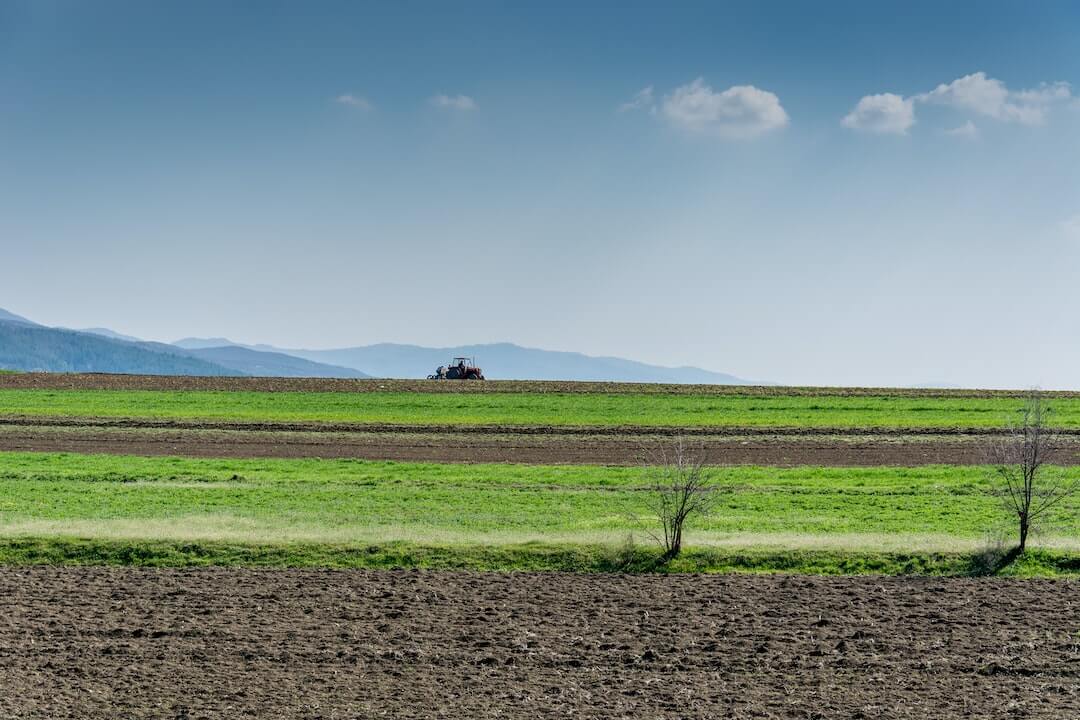The impact of climate change on agriculture is expected to have significant and widespread repercussions on the global economy. The agricultural sector is facing numerous challenges, including changes in temperature and precipitation patterns, an increase in extreme weather events, and shifts in the distribution of pests and diseases.
Fortunately, recent research has suggested that implementing nature-based solutions could help address these challenges. These solutions include windbreaks, selecting suitable crops, reducing carbon emissions, and creating or restoring wetlands, and maintaining healthy forests.
What are climate change’s anticipated costs on agriculture and the repercussions on the global economy?
The impact of climate change on agriculture is a major concern globally, with potential expenses projected to be significant. This threat comes from multiple factors, such as alterations in weather patterns, more frequent and severe extreme weather incidents, and changes in the geographical distribution of pests and diseases. Accurately estimating the economic consequences is difficult due to the intricate nature of climate systems and the diverse ways in which agriculture is impacted. A recent study by Cornell University looked into it and estimated that climate change costs 7 years of ag productivity growth meaning that we are achieving the results that we could’ve achieved in 2016.
Increased temperatures, for instance, can directly affect crop yields. While warmer conditions may benefit agriculture in cooler regions to some extent, in regions that are already warm, additional warming can reduce the yields of major crops like wheat, rice, and maize. Moreover, prolonged heatwaves and droughts can devastate farming communities, leading to widespread crop failure and loss of livestock. The cost of these yield losses can be significant, especially for small-scale farmers in developing countries particularly vulnerable to climate change. According to estimates provided by the French Government for the year 2050, an annual budget of 1 billion euros will be required to cover the additional costs associated with water shortages.
These surcharges may include the cost of upgrading water infrastructure to meet environmental standards or to maintain water quality. Additionally, it may also include the cost of managing water resources in regions affected by drought or flood. Another 1 billion euros per year will be required to deal with the consequences of climate change, such as extreme weather events and rising sea levels. The government has also allocated 2 million euros to develop diagnostic tools to better understand climate change impacts. Furthermore, the budget includes 190 million euros per year for advisory services related to climate change adaptation and mitigation measures. Finally, to renew 10% of the French orchard each year, the government has allocated 600 million euros annually. This budget will help support sustainable agriculture practices and promote biodiversity.
Photo by Petim latifi on Unsplash



5 Comments